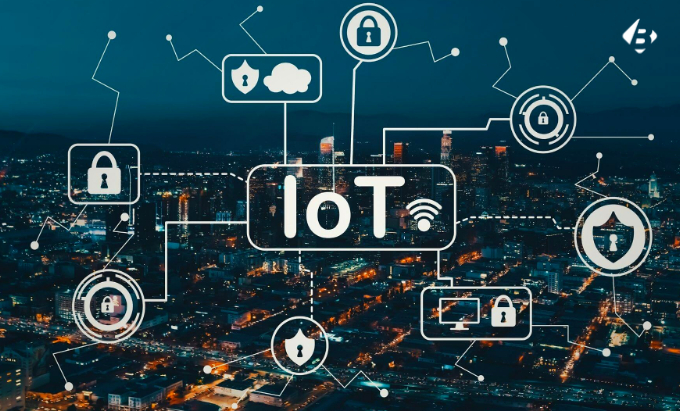
The Internet of Things (IoT) is no longer a futuristic concept; it’s woven into the fabric of our everyday lives. From smart homes and wearable devices to connected cars and industrial machines, the proliferation of internet-enabled devices is rapidly changing the way we interact with the world around us.
What is the IoT?
The IoT encompasses a vast network of physical objects – our “things” – embedded with sensors, software, and other technologies that connect and exchange data with other devices and systems through the internet. This connectivity allows for real-time data collection, analysis, and automation, opening up a world of possibilities in various sectors.
The Driving Forces of the IoT Revolution:
Two key factors are fueling the rapid growth of the IoT:
- Advancements in technology: Miniaturization and improved processing power have made it possible to embed internet connectivity and sensors into smaller and more affordable devices. Additionally, the development of low-power wide-area networks (LPWAN) like LoRaWAN and Sigfox has enabled long-range communication even with battery-powered devices.
- Data analysis and automation: The ability to collect and analyze data from millions of connected devices in real-time has opened up new opportunities for automation and optimization. Machine learning and artificial intelligence (AI) are playing an increasingly crucial role in extracting insights from this data and automating tasks across various industries.
Impact of the IoT:
The IoT is transforming various aspects of our lives, including:
- Smart Homes: Connected appliances, thermostats, and lighting systems can be controlled remotely, creating a more comfortable and energy-efficient living environment.
- Wearable Devices: Fitness trackers, smartwatches, and other wearables monitor our health and activity levels, providing valuable insights and promoting healthier lifestyles.
- Connected Cars: Vehicles are increasingly equipped with sensors and technology that enhance safety, provide real-time traffic information, and enable autonomous driving.
- Industrial IoT (IIoT): In factories and other industrial settings, connected sensors and machines enable predictive maintenance, optimize production processes, and improve overall efficiency.
- Smart Cities: Cities are leveraging IoT technology for traffic management, waste disposal, and environmental monitoring, creating a more sustainable and efficient urban environment.
Challenges and Opportunities:
Despite its undeniable benefits, the growth of the IoT also presents challenges:
- Security and privacy: Ensuring the security and privacy of data collected and transmitted through connected devices is crucial.
- Standardization: The lack of industry-wide standards can create compatibility issues and hinder the development of a fully interconnected ecosystem.
- Ethical considerations: The ethical implications of collecting and analyzing vast amounts of personal data need careful consideration and regulation.
Overcoming these challenges will be crucial in unlocking the full potential of the IoT and ensuring its responsible and sustainable development.
The Future of the IoT:
The future of the IoT is bright. Experts predict that the number of connected devices will reach 50 billion by 2030, generating a global market size of $1.1 trillion. As technology continues to evolve and new applications are developed, the IoT will continue to transform our lives in ways we can only begin to imagine.
By embracing the opportunities while addressing the challenges, we can harness the power of the IoT to create a safer, more efficient, and more connected future for all.
The Industrial IoT (IIoT) stands out as a game-changer for industries, enabling predictive maintenance and optimizing production processes. The potential for improved efficiency and reduced downtime showcases how IoT is reshaping traditional manufacturing practices.
The IoT’s impact on smart homes and wearable devices is fascinating. The convenience of remotely controlling home appliances and gaining insights into personal health through connected wearables highlights the tangible benefits that IoT brings to our daily lives.
While the growth of the IoT is exciting, the challenges of security, standardization, and ethical considerations are crucial to address. Striking the right balance between innovation and safeguarding user privacy will be key to ensuring a responsible and sustainable development of the IoT.
The future prediction of 50 billion connected devices by 2030 and a global market size of $1.1 trillion underscores the transformative potential of the IoT. As we move forward, collaboration among industries, governments, and technology developers will be essential in shaping a connected future that prioritizes safety and efficiency.